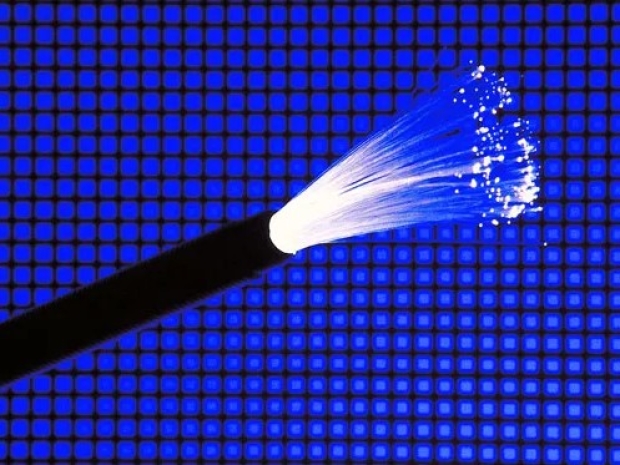Their design, detailed in Nature Photonics, promises the lowest optical loss ever recorded for a fibre. This means signals degrade less as they travel. That translates into faster networks and lower latency, a big deal for everything from mobile networks to AI model training and remote robotic surgery.
The tech behind the breakthrough is called double nested antiresonant nodeless hollow core fibre. This is a clever arrangement of ultra-thin glass membranes surrounding a hollow core filled with air. Light travels faster in air than in glass so the payoff is better performance and less signal boosting needed along the way.
Lumenisity co-founder and professor at the University of Southampton, Francesco Poletti said: “These are big claims but we truly believe this is a breakthrough.”
Poletti has been tinkering with hollow-core fibre for more than a decade. The idea itself has been floating around since light was first shoved into glass tubes but early versions were hopelessly lossy. First-gen hollow-core fibres couldn’t get below 1 dB per kilometre, making them useless for real networks. The new design manages a record 0.091 dB per kilometre.
“So you need to amplify less. It can lead to greener networks if this is how you want to exploit it.”
The team, still attached to the University of Southampton but now flush with Microsoft’s cash after Vole bought Lumenisity, claims their new fibre offers transmission speeds up to 45 per cent faster than traditional solid-core cables. It also has the potential to support five to ten times the bandwidth which will be handy when AI starts demanding even more juice.
Microsoft is already hoarding the stuff. Poletti says the company has “a huge internal demand” and that every metre they can make will be snapped up by the mothership for the next few years.
Datacentre operators hoping to get their hands on the fibre may need to wait about five years while it goes through standardisation and the supply chain catches up.
While Chinese researchers also recently made waves with a similar approach using thicker membranes, Poletti reckons the British design is still the one to beat.

